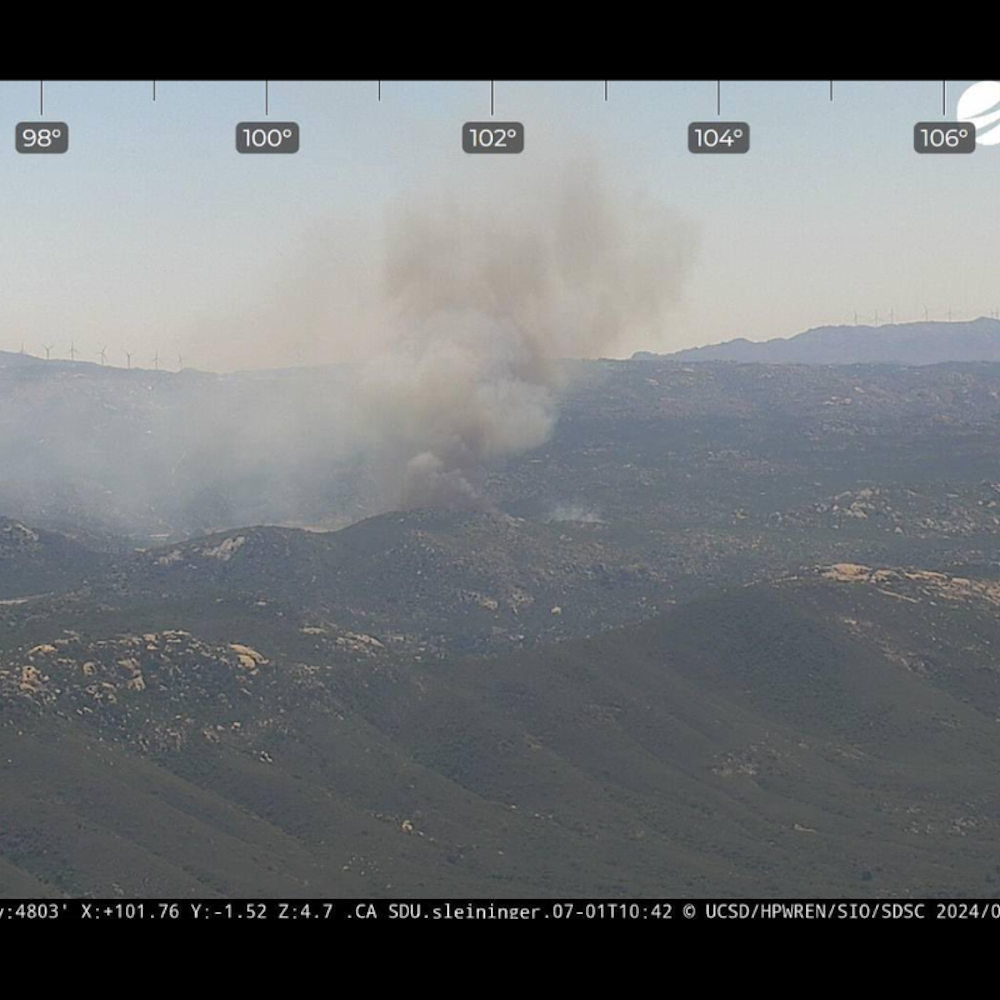
As the sun continues to bear down on Austin, locals are set to brace for a blistering week ahead. The National Weather Service predicts high temperatures to hover near the 100-degree mark with heat index values soaring even higher due to persistent humidity. The forecast is clear: mostly sunny skies, with what can only be described as a relentless heat wave stretching into the foreseeable days.
Today's conditions in the Austin area are expected to reach a peak of 99 degrees, rendering the atmosphere oppressive under the assault of the sun's rays. The heat index — often referred to as the "feels-like" temperature — could rocket up to an unforgiving 110 degrees, compelling local authorities to advise caution for all residents, especially for those with heightened susceptibility to heat-related ailments. Mason County joins the growing list of regions under a Heat Advisory, effective until 7 p.m. this evening.
Yet, as Texans navigate the sweltering days, there are growing concerns beyond the local heat. KXAN's weather update warns of an escalating situation in the tropics: Hurricane Beryl has intensified into a Category 3 hurricane, with winds already reaching 115 mph. Forecasts suggest further escalation, with potential Category 4 classification as Beryl churns closer to the Caribbean, with places like Barbados and Jamaica bracing for impact.
The escalating threat of Beryl is not alone in stirring the quiet dread that often accompanies hurricane season. KXAN reports another disturbance, this time in the southern Bay of Campeche, shows a 50% probability of developing into a tropical depression, threatening southern parts of Mexico and perhaps even northern Belize. Meanwhile, a third system lurks southwest of the Cabo Verde Islands, its possible evolution warranting close vigilance from meteorologists and coastal communities alike.
In addition to the looming tropical storms, another natural phenomenon is slated to make its presence known in Central Texas. Saharan dust, carried thousands of miles across the Atlantic, is expected to arrive imminently. While the dust's presence can enhance the beauty of sunrises and sunsets, it also serves as a reminder of the earth's interconnected systems: a dance of elements that, at times, can affect air quality and further complicate the environmental challenges faced by Texans and beyond.









